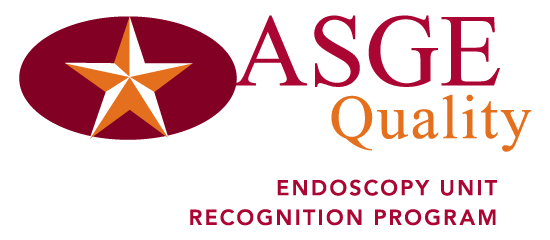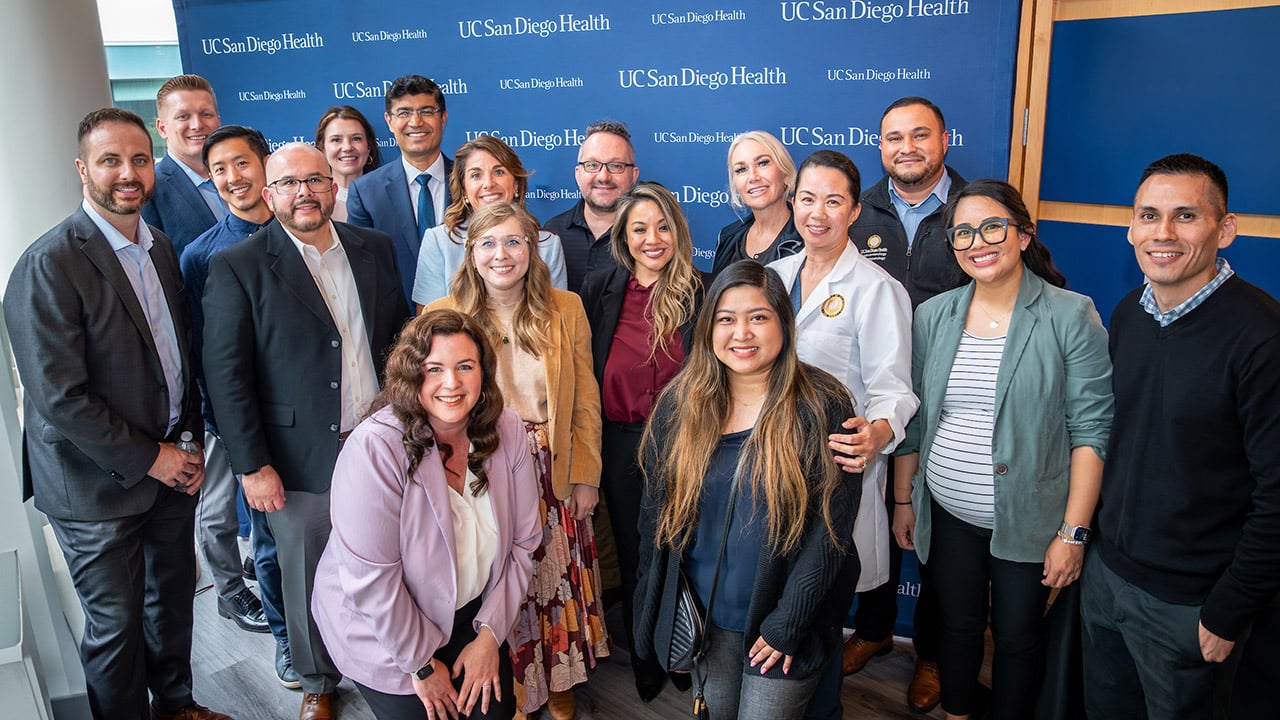Screening and Diagnosis: Advanced Endoscopy
Endoscopy is a procedure that enables physicians to diagnose conditions inside the body.
The procedure uses an endoscope, which is a thin tube with a small camera and light attached.
As the doctor, or endoscopist, moves the endoscope through a body passageway (such as the gastrointestinal tract or respiratory tract) or opening (such as a surgical opening), they can see inside the organ. Endoscopes are used for diagnosing conditions throughout the body.
UC San Diego Health Expertise
UC San Diego Health is at the forefront of endoscopic technology. Our physicians use endoscopy in combination with other diagnostic and surgical techniques to effectively address many conditions with the least invasive approaches possible.
Our Endoscopic Ultrasound (EUS) and Interventional GI Endoscopy Program is recognized by the American Society for Gastrointestinal Endoscopy as a premier program in the United States. Thomas Savides, MD, the program director, is a past councilor for the American Society for Gastrointestinal Endoscopy.
Types of Endoscopy
Therapeutic Endoscopy
Advances in endoscopic medicine have led to the development of new endoscopic tools that enable physicians to see, diagnose and treat numerous conditions. The treatment of conditions with endoscopic tools is called therapeutic endoscopy.
Colonoscopy
A colonoscopy is an endoscopic procedure using a colonoscope to examine the colon for polyps and other abnormalities. After the patient is prepped and sedated, a thin flexible instrument with a camera attached to it is inserted through the anus and passed through the length of the large intestine to where it joins the small intestine. During the procedure, the doctor can remove polyps and take any necessary tissue samples.
Esophagogastroduodenoscopy (EGD)
EGD is an endoscopic procedure for examining the lining of the esophagus, stomach and the first section of the small intestine – the duodenum. After the patient is prepped and sedated, a thin flexible instrument with a camera is inserted down the throat, through the esophagus and into the stomach and duodenum. Biopsies (tissue samples) can also be taken through the endoscope in this procedure.
Sigmoidoscopy
Sigmoidoscopy is an endoscopic procedure for examining the sigmoid colon, which is the part of the colon closest to the rectum and anus. The patient is prepped, and a digital rectal exam is performed. Then the doctor inserts a sigmoidoscope through the anus to examine, take photographs or tissue samples as necessary, and diagnose and treat any conditions of the rectum or colon.
Endoscopic Ultrasound
Endoscopic Ultrasound, or EUS, combines endoscopy and ultrasound in order to obtain images and information about the digestive tract and the surrounding tissues and organs. In EUS, an ultrasound transducer is placed on the tip of an endoscope.
The endoscope is moved through a body passageway, such as the intestine. The images obtained typically have greater detail than by traditional ultrasound. The EUS Program at UC San Diego Health, directed by Thomas Savides, MD, regularly uses this technique to stage cancers — meaning, to determine the level of penetration of cancer in a particular organ or organs.
Endoscopic Retrograde Cholangiopancreatoscopy (ERCP)
Endoscopic retrograde cholangiopancreatography is a minimally invasive procedure that combines X-ray and video endoscope technologies to diagnose and treat conditions of the bile ducts.
Capsule Endoscopy
Capsule endoscopy involves swallowing a capsule that contains a video camera and light. The capsule captures images as it travels through the gastrointestinal tract and transmits them to a receiver worn outside the body.
At the end of the procedure, the physician downloads the data and images that were transmitted to the receiver for evaluation. This procedure allows physicians to see the small intestine, a difficult area of the body to see clearly for diagnosis without performing surgery.
Double Balloon Enteroscopy
UC San Diego Health is the only place in San Diego to offer the double balloon enteroscopy procedure. Double balloon enteroscopy allows an endoscope to be passed through the mouth through nearly the entire small intestine to look for sources of bleeding or tumors.
Advanced Endoscopy Procedures
- Endoscopic management of Barrett's esophagus and early esophageal cancer
- Endoscopic removal of challenging colon polyps using EUS-guided placement to assist stereotactic radiosurgery
- Endoscopic retrograde cholangiopancreatoscopy (ERCP) for removal of common bile duct stones and placement of stents for pancreatic and bile duct cancers
- Endoscopic pseudocyst drainage
- Endoscopic closure of gastrointestinal fistulas
- Combined endoscopic and laparoscopic treatments for gastrointestinal stromal tumors (GISTS), acute and chronic GI track perforations and removal of common bile duct stones in patients after roux-en-Y bariatric surgery
- EUS for diagnosis of gastrointestinal and pancreaticobiliary malignancy
- EUS staging of esophageal, gastric, pancreatic and rectal cancer
- Evaluation and management of complicated gastrointestinal bleeding
- Diagnosis and management of recurrent or unexplained pancreatitis
- Management of hereditary colon, pancreatic and esophageal cancer
- Double balloon endoscopy
- Intraluminal stenting
- Intrabiliary stenting
- Laparoscopic Heller myotomy for Zenker’s diverticula
- Laparoscopic placement of magnet beads for treatment of GERD
- Wireless small bowel capsule endoscopy
- Correction of roux-en-Y gastric bypass



